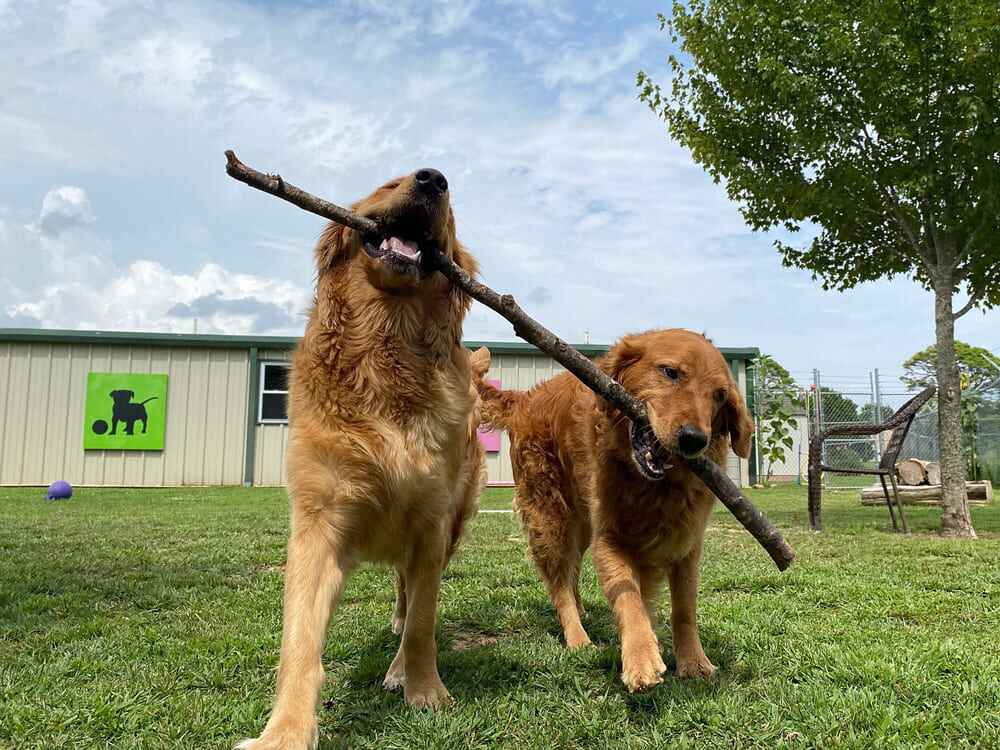Training a dog is an almost intuitive process for us humans. But to be honest, we too often make learning mistakes that lead to poor behavior and strained relationships.
Here’s a detailed description of how to avoid negative Reinforcement in dog training, along with key takeaways from the provided text:
Understanding “Negative Reinforcement” vs. “Positive Reinforcement”
- Negative Reinforcement: Removing something unpleasant to increase a desired behavior (e.g., stopping a leash correction when the dog sits). This can create fear-based learning and a lack of proper understanding.
- Positive Reinforcement: Adding something desirable to increase a desired behavior (e.g., giving a treat when the dog sits). This builds a positive association with the behavior.
Joint Training Mistakes to Avoid:
- Punishing After the Fact: Dogs live in the moment. Punishing them for something you didn’t catch them doing only confuses them.
- Using Physical Punishment: Hitting or yelling creates fear, not trust. Focus on positive methods instead.
- Using Human Treats: Chocolate, candies, etc., can be toxic to dogs. Use healthy dog treats or other rewards.
- Depriving them of Necessities: Denying walks or basic needs as punishment is cruel and counterproductive. Training shouldn’t replace exercise.
- Inflexibility: What works for one dog may not work for another. Adapt your training methods to your dog’s personality and learning style.
- Harsh Techniques, such as Jerking leashes and yelling, damage your bond with your dog. Positive Reinforcement builds trust and motivates dogs better.
- Accidentally Rewarding Bad Habits: Giving attention (even negative attention) to whining or barking can reinforce those behaviors. Ignore undesirable actions and reward positive ones.
- Stopping Training Too Early: Don’t stop once your dog does the basics at home. Practice in various environments and with distractions to solidify their understanding.
Key Takeaways:
- Please focus on the Positive: Instead of punishing mistakes, heavily reward your dog when they do something right. This creates a happy learner!
- Understanding is Key: Learn to read your dog’s body language. This will help you understand why your dog does certain things and adjust your training approach accordingly.
- Timing Matters: Rewards must be given immediately after the desired behavior to create a strong association.
- Patience and Consistency: Dogs learn slowly. Consistent practice and positive Reinforcement are the paths to success.
Additional Tips for a Positive Training Approach
- Set Your Dog Up to Succeed: Start with easy tasks in a quiet environment. Gradually increase difficulty.
- Use High-Value Rewards: Find what your dog loves (treats, toys, praise) and use that to motivate them.
- Take Breaks: Keep sessions short and fun to prevent frustration for both of you.
- If You Get Stuck, Seek Help: A professional trainer can assess your dog and tailor training plans to their needs.
Remember: Training should strengthen your bond with your dog, not strain it. You’ll raise a happy, confident, well-behaved companion by focusing on positive methods!
Avoid Negative Reinforcement In Dog Training:
The first mistake to avoid in dog training is scolding the dog for something stupid you didn’t see him do. To achieve a positive impact with punishment, you have to catch the dog in the act.
In the event of a reprimand, violence should be avoided as much as possible. Your hand should in no way be synonymous with punishment but with tenderness. As punishment, lock him in his cage or a room for just a few minutes.
Another fatal mistake is offering him sweets like chocolate, cakes, and candies. Although tempting, these little treats can seriously affect your dog’s health.
Instead, give him treats. He is not recommended to be deprived of going out because dogs need physical exercise. In addition, short walks are among their basic needs.
- Understanding Dog Behavior:
Your pet expresses itself through unique gestures. Every owner must understand this language to promote good communication with their dog.
Moreover, your companion identifies information, commands, and intentions through your facial expressions. Animals are more receptive to visual communication than to verbal communication.
As calming signals, your dog can calm down quickly in a stressful situation, control himself, or calm a stressed person.
- Responsibilities of a Responsible Dog Owner:
Adopting a pet comes with many responsibilities. Daily walks should become a habit. You must be patient because dogs vary in their ability to understand and listen.
In addition, avoid intimidation and beatings to achieve your goals and remain understanding towards the animal.
If he is having difficulty, help him overcome the obstacles, such as fear, hyperactivity, and aggressiveness.
If necessary, seek help from a professional. Also, could you pay special attention to their health? With this in mind, check-up visits to the veterinarian and updating vaccines are essential.
- The Risks Faced by Dogs:
Dogs can be victims of domestic incidents, including falls and accidents that occur in their owners’ homes when they are absent.
In addition to disasters, behavioral disorders are also to be feared. It should be remembered that an animal subjected to intense stress can develop digestive disorders, excessive barking, hyperactivity, disproportionate hair loss, and, in the worst case, a tendency to self-mutilate.
Additionally, your dog can contract illnesses ranging from mild to severe diseases. In the context of treatment or hospitalization, healthcare costs can be significant.
- Lack of Flexibility in Training:
All dogs are individual. For this reason, even the methods used by professional dog handlers may not be suitable for you. You can read a few books on training and ask your friends for their opinions, but remember:
There are no universal training programs. Study your pet’s characteristics and try to develop your training regimen based on the information you receive.
- Harsh Methods:
Positive Reinforcement works better on dogs than negative Reinforcement. It helps dogs develop new habits painlessly, strengthens their connection with their owners, and teaches them how to react correctly to the world around them.
In some cases, weak stimuli are allowed, but strong ones can harm the animal. These include jerks, blows, screams, etc.
The theory about the need to demonstrate strength in front of a dog has long been outdated. Instead, the animal is taught to trust and accept authority through humane methods.
The pet should see the owner as a teacher, patron, and protector, not a tyrant. Rough training methods make the dog antisocial, cowardly, and aggressive.
- Accidentally Reinforcing Unwanted Behavior:
Owners often need to notice how they encourage their dogs’ bad habits. They comfort frightened pets, let them into the house as soon as they start barking, or laugh when the animals beg. As a result, unwanted behavior becomes the norm.
Dogs are social animals. They are sensitive to attention, especially positive manifestations. For a pet, swearing and screaming are better than nothing.
For this reason, the animal may deliberately whine, jump on you, or beg. The best thing you can do in such a situation is to ignore it. The dog will understand that its actions do not lead to the desired result and will try to attract attention in other ways.
The only exception is bad habits, which are enjoyable for pets. Examples include playing with garbage or damaging furniture.
In such cases, ignoring will only make the situation worse. The animal’s attention should be diverted to other acceptable activities.
- Lack of Command Reinforcement:
Many people stop training at the stage when the dog begins to understand the meaning of the command. It is not correct.
For animals, environment and distractions are of great importance. If your pet were taught the command “Sit!” exclusively at home, he would not obey on the street. This has nothing to do with whims or stupidity. The dog will think the command “Sit!” can only be done at home.
If you plan to teach your animal something new, train it in a quiet environment. This will eliminate exposure to distractions.
When the dog understands the basics, change the conditions. Choose different places to study. Add stimuli. Ideally, the animal should learn to hear you under any conditions, even if something distracts it.
Conclusion:
If you stick to these basic rules, you can gradually try to become a real trainer—not just a trainer for your dog. Train, achieve success, be confident, and have fun with your pet!
“Understanding the nuances of effective training techniques is essential for any learning process, for humans or animals. Dog Training (Course) is vital in pet care as it shapes obedient behavior and fosters a bond between the pet and its owner. It offers an extensive, cost-effective course, with the entire course priced at just the equivalent of what a dog trainer might charge for a single hour ($40 to $120). It covers many behaviors, including Potty Training, Lunging, Jumping, Digging, Whining, Chewing, Excessive Barking, Impulse Control, Hyperactivity, Ignoring Commands, and more. Plus, they provide a 100% money-back guarantee if you cancel within 60 days, ensuring your investment is risk-free.”


